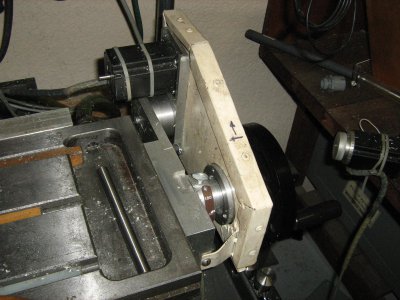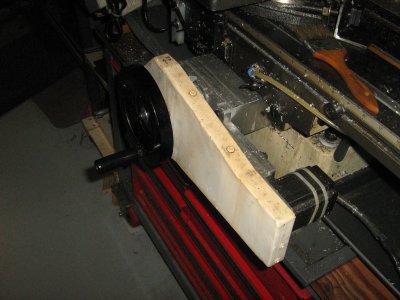- Joined
- Feb 8, 2014
- Messages
- 11,144
I take it that [decouple] is electrical rather than mechanical?
It's more magnetic, the motor tries to keep stepping, but can't. It just sits there and growls. Under some conditions, like trying to run faster than the motor wants to go, a stepper will do that even with nothing attached to the shaft.





